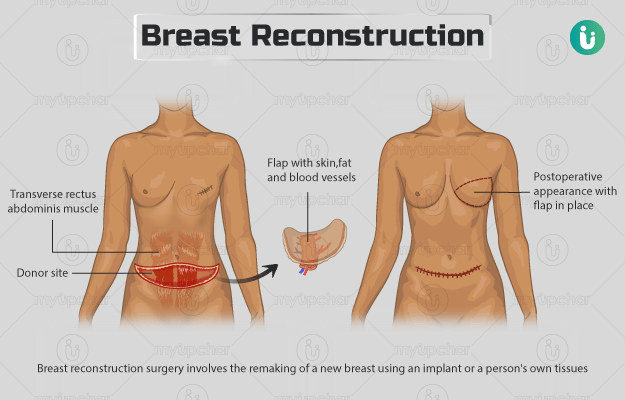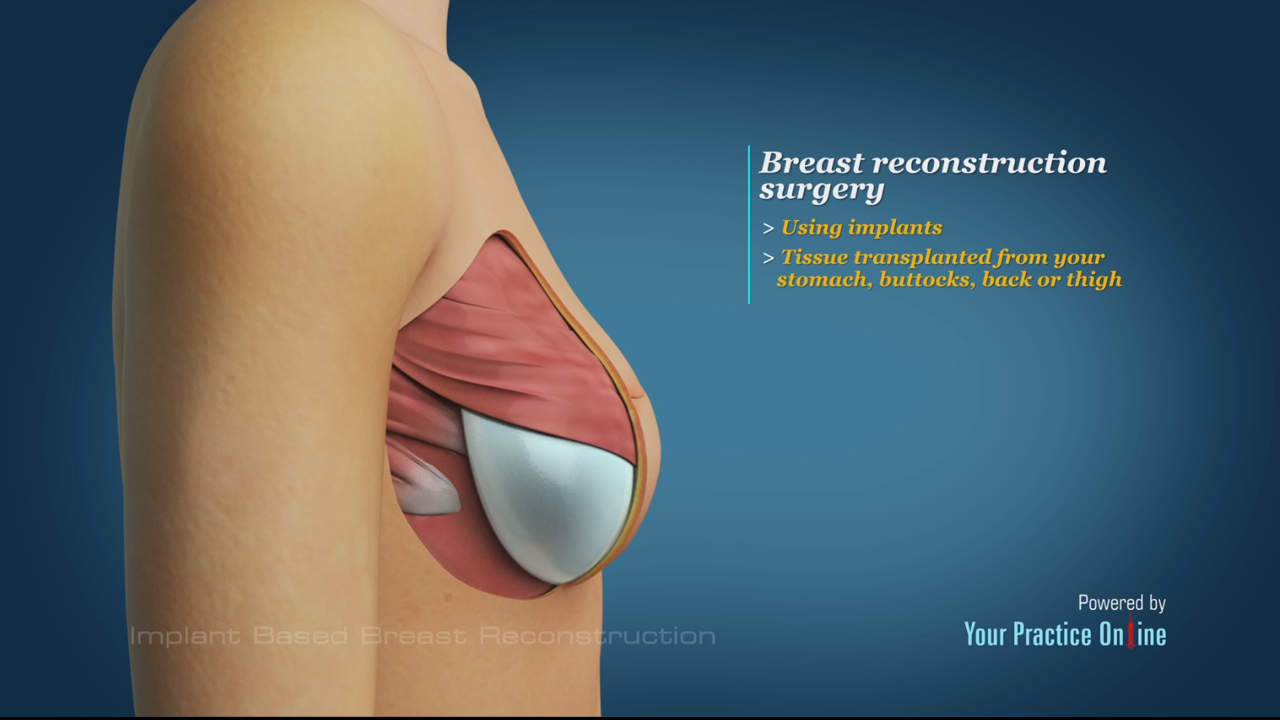Types of Breast Reconstruction Surgery
You will have access to the most recent advances in reconstructive surgery with the team at Henderson Breast Reconstruction. To provide you with results that seem and feel more natural, we go above and beyond the scope of typical tissue flap treatments and standard implant operations.A mastectomy that spares the nipple
Whenever possible, we prefer that a total mastectomy is performed that successfully preserves your nipple. Our breast reconstruction experts can observe the distinctive vascular characteristics of your breast prior to surgery thanks to specialized imaging devices.After that, throughout the procedure, our group will modify their strategy in light of the blood-flow pattern category you fall into. In the long run, this strategy promotes superior healing in the nipple region after surgical procedures. For a more elevated look that does not need extra surgery, this method also enables instant repositioning of the nipple at the time of the mastectomy, which may be performed if desired by the patient.Immediate reconstruction after lumpectomy
If your breast was changed by a lumpectomy treatment, you might have been informed there is nothing that can be done to restore the look of your breast. However, this is not always the case. The incisions we use are identical to those created during cosmetic surgical operations.Options for Breast Reconstruction Following Treatment for CancerFlap reconstruction
Flap reconstruction surgery is an option that might be considered in place of implant surgery. During this treatment, doctors will use tissue from another region of your body to rebuild your breast. In most cases, an implant is unnecessary. Using your own tissue rather than an implant results in a more natural appearance and authentic feeling.DIEP flap:
If you are contemplating having both of your breasts rebuilt, more tissue from your abdomen has the potential to be utilized for each breast. This is true for both the DIEP flap and the SIEA flap. Perforator flap reconstruction surgery is a relatively new and significant development in reconstructive surgery. This kind of surgery keeps the abdominal muscles intact throughout the procedure. We routinely utilize the deep inferior epigastric perforator (DIEP) flap. This strategy offers the potential benefit of avoiding problems in the abdominal region and maintaining the function of the muscles.Tissue from back, with or without muscle:
If you are not a suitable candidate for any of the operations described above on your own, one of our other options is to transfer tissue from your back to cover an implant. This technique, also known as a thoracodorsal artery perforator flap (if the muscle is not included) or latissimus dorsi muscle flap (if the muscle is included), provides us with additional tissue to better cover an underlying implant, enabling us to produce a more natural look and safer operation.Implant reconstruction
During traditional implant reconstruction surgery, expanders are placed in the breast cavity after the mastectomy. These silicone envelopes can be gradually filled over a series of brief consultations that involve just a small amount of invasiveness over many weeks. During this procedure, your skin and other soft tissues are stimulated to promote healing and stretch until your skin envelope has been sufficiently extended to accommodate a permanent implant.To complete this procedure, you must schedule expansion visits about once every two weeks until your breasts reach the size you want. Then, as soon as three months later, a second operation will be conducted, often as an outpatient procedure, so you can return home the same day. You may be able to opt to have a permanent implant inserted at the same time as your mastectomy if you would want to prevent the need for further consultations and operations in the future.You and your surgeon will be able to discuss whether you want to have saline-filled or silicone gel-filled breast implants and what size breasts you would like to have after undergoing either procedure. Our goal is to provide outcomes that seem entirely natural and are on par with those achieved via cosmetic breast surgery. Post-radiotherapy restoration
An indentation in the breast may appear in certain patients after radiation treatment for breast cancer. If you are affected by this issue, we can use a number of different procedures to restore the size and form of your breasts. We can restore the natural look of both of your breasts and the symmetry between them by rearranging the tissue in your breasts, performing a fat graft, or augmenting them with an implant.
